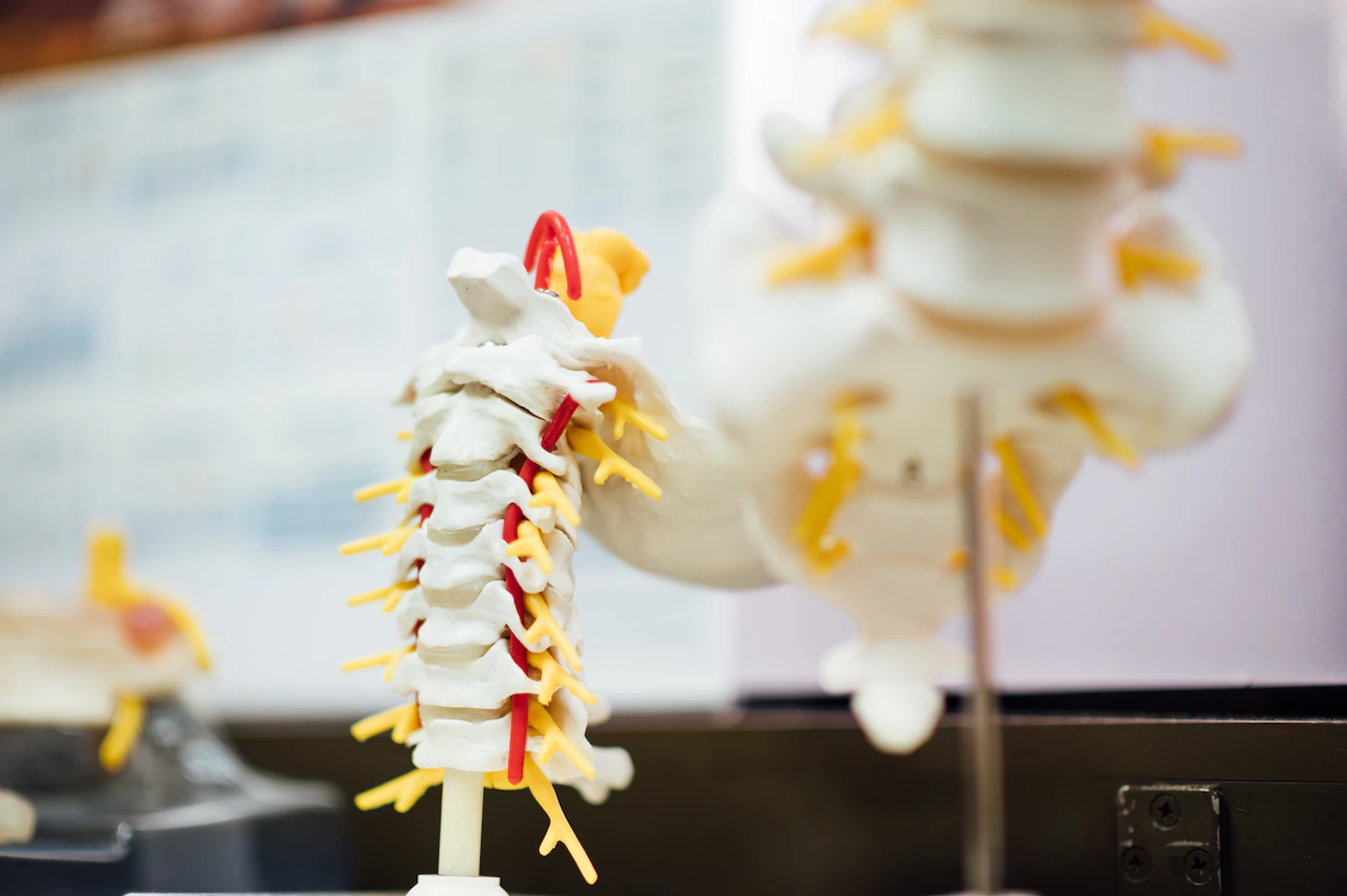Navigating The Curves: Solutions For Scoliosis

This medical condition affects the physical appearance and causes various symptoms, from mild discomfort to debilitating pain. Fortunately, medical advancements have paved the way for various solutions to navigate scoliosis curves. In this article, we will explore the treatment options available, including non-surgical interventions, braces, and surgical procedures, providing valuable insights for those living with scoliosis or seeking solutions for their loved ones.
Early Detection And Intervention: A Path To Better Outcomes
Scoliosis, a condition characterised by the lateral curvature of the spine, can significantly impact individuals of all ages. Not only does it affect one’s physical appearance, but it can also cause a wide range of symptoms, from mild discomfort to severe pain. However, early detection and intervention are crucial in achieving better outcomes for scoliosis patients.
Medical advancements have played a pivotal role in providing scoliosis treatment. Non-surgical interventions, such as physical therapy and exercise, have improved posture mobility and reduced pain. Braces are commonly used to correct the abnormal curvature of the spine, especially in children and adolescents whose bones are still growing. For more severe cases, surgical procedures may be necessary to straighten the spine and prevent further progression of the condition.
By identifying scoliosis early on and implementing appropriate interventions, individuals can achieve better outcomes and reduce the long-term impact of the condition. Regular check-ups with healthcare professionals and awareness of the signs and symptoms of scoliosis are crucial in detecting the state early. Individuals with scoliosis can lead a more fulfilling and pain-free life with early intervention.
Bracing And Its Impact On Spinal Curvature
Bracing is one of the non-surgical interventions commonly used to treat scoliosis and has a significant impact on spinal curvature. Braces are designed to apply pressure to the curved areas of the spine and, by doing so, aim to prevent further progression of the curvature. The brace works by repositioning the spine into a more normal alignment, which can help improve the overall spinal curvature.
Bracing is typically recommended for individuals with moderate scoliosis curvature, as it can effectively slow down or halt the progression of the spinal curve. It is especially beneficial for children and adolescents whose bones are still growing and can be moulded into a corrected position. The duration of brace wear can vary depending on the severity of the curvature. Still, it often involves wearing the brace several hours a day, typically during sleep or for specific periods.
It is important to note that the effectiveness of bracing may vary depending on factors such as the severity of the curvature, the age of the individual, and compliance with wearing the brace as prescribed by healthcare professionals. Therefore, individuals with scoliosis must work closely with their healthcare team to determine the appropriate bracing treatment plan that suits their needs.
The Importance Of Multidisciplinary Care In Scoliosis Management
Multidisciplinary care plays a crucial role in the management of scoliosis. This approach involves a team of healthcare professionals from different specialities working together to provide comprehensive and individualised care. By combining the expertise of orthopaedic surgery with efficient surgeons, physical therapists, occupational therapists, and other specialists, patients with scoliosis can receive holistic treatment that addresses their condition’s physical and emotional aspects.
One of the main advantages of multidisciplinary care is the ability to tailor treatment plans to each patient’s unique needs. Scoliosis can vary in severity and presentation, and what works for one individual may not be suitable for another. Different specialists can collaborate and share their knowledge and experience with a multidisciplinary team to create a customised treatment approach. This collaborative effort ensures that all aspects of the condition, such as pain management, physical therapy, and psychosocial support, are addressed effectively.
Multidisciplinary care ensures patients receive ongoing monitoring and support throughout their scoliosis journey. Regular follow-up appointments can help detect any changes in the curvature of the spine and make necessary adjustments to the treatment plan. Moreover, the emotional impact of scoliosis should not be underestimated, and having access to psychological support can significantly improve a patient’s overall well-being. By involving a range of healthcare professionals, multidisciplinary care provides a comprehensive approach to scoliosis management, improving outcomes and quality of life for individuals with this condition.
More Resources:


























